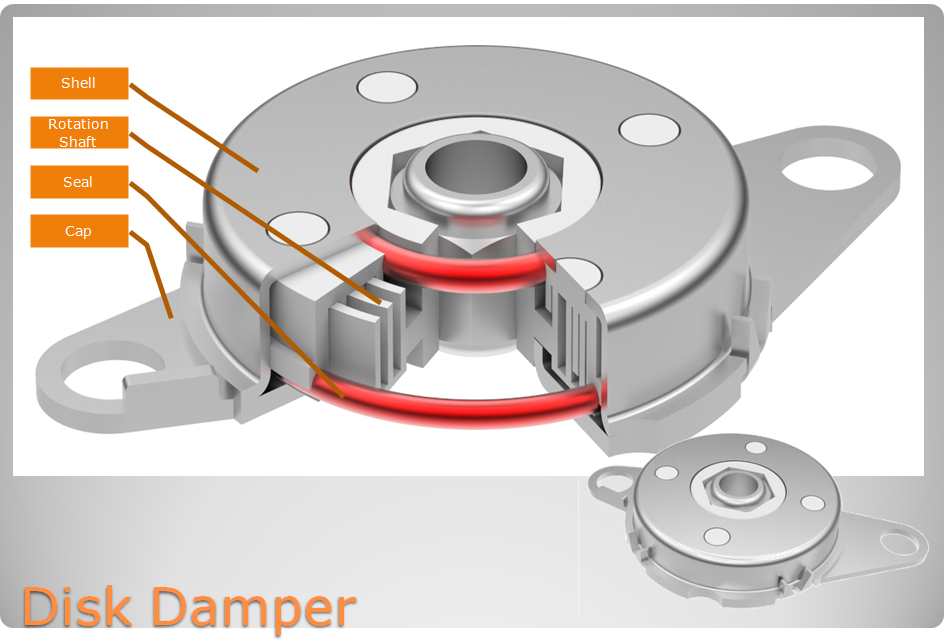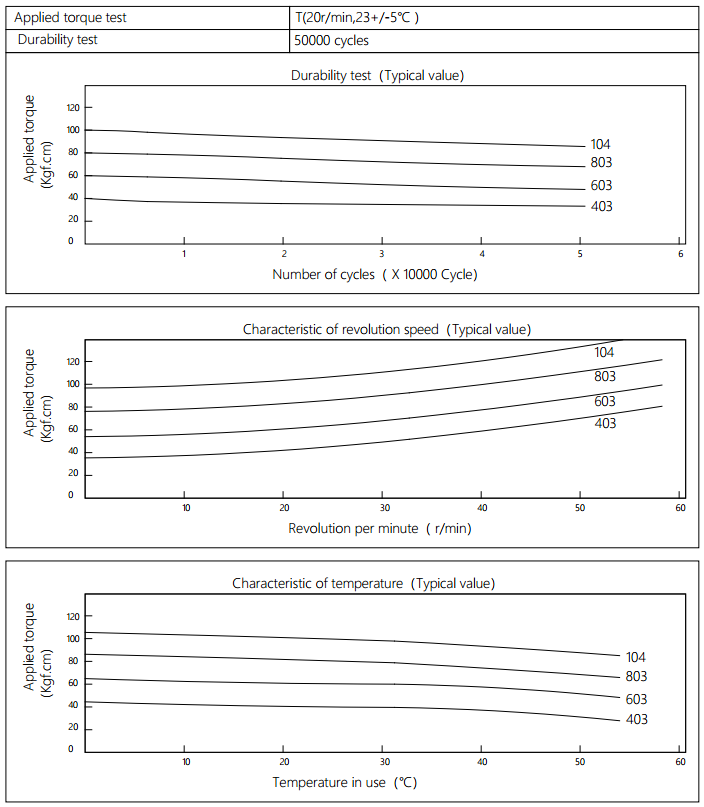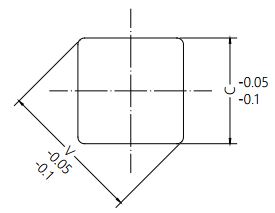Phosphorus ore beneficiation methods, the most important is still the flotation. According to Ceco, in 1980 more than 200 million tons of phosphate rock was treated by flotation. The United States also pointed out that in the next two decades, Florida phosphate rock should be mainly treated by flotation, because it is not limited by the ore grade, the size of the inlay and the type and quantity of impurity minerals. In terms of flotation technology and process development, it is basically carried out along the way of developing new equipment, improving existing processes and adopting new pharmaceutical agents. For the selection of raw materials with coarser grain size, the United States adopts the sintered membrane flotation method, the enrichment particle size is -1.17+0.4 mm, the sorting equipment is a jet aerated flotation machine; the Soviet Union uses a boiling layer flotation machine and a jigging flotation Machine, the selection of particle size up to 3 mm. For the 0.5 to 1 mm inclusion material, the Soviet Union has tested two new flotation processes, namely: split flotation and countercurrent flotation, all with good results. For fine or ultrafine phosphate rock or phosphate rock (such as Florida phosphate rock), it has been studied by carrying out flotation, selective flocculation and flotation. The results are not satisfactory. . According to the characteristics that the floatability of phosphorus minerals, carbonate minerals and silicate minerals in phosphate rock varies with particle size, there is a tendency of grading flotation.
In recent years, in the emergence of numerous flotation agents, it has been widely used, such as the KKAC cationic collector produced in Sweden; the N-alkyl methyl glycine collector developed by Finland in cooperation with the Swedish company Berol Kemi; Phosphate ester (alkyl phosphate C 8 -C 20 ); CP-1 full float collector (** collector) produced by Seco; China developed aromatic hydrocarbon compounds, lignin compounds and humic acid S series, L series and F series inhibitors made from raw materials. The most significant should be the latter, because the use of such inhibitors in alkaline pulp, one-time selection of phosphorus minerals from carbonate and silicate type phosphate ore in foam products. While developing new flotation agents, a lot of research has been carried out at home and abroad on the modification and mixing of the original flotation agents. For example, in the Soviet Union, phosphoric acid and some collectors were treated by electrochemical methods, magnetic fields, and electric fields. In China, the flotation of Hubei Huangmailing Phosphate ore by ultrasonic emulsification collectors was used to obtain good indicators and reduce the temperature of flotation pulp. Mixing collectors is more common in countries.
The flotation process of refractory phosphate ore, especially the flotation process of phosphate rock ore containing carbonate (mainly dolomite) and silicate gangue minerals, is the subject of current research and development, thus The corresponding flotation process. The more representative processes are: the US Bureau of Mines uses fluorosilicic acid or its salts, China's sulfuric acid, phosphoric acid, Smani aluminum sulfate and potassium tartrate, sodium salt as the "reverse flotation" of phosphorus mineral inhibitors. "Process; the "anti-positive flotation" process using phosphoric acid as a phosphorus mineral inhibitor in the Karabate concentrator in the US; the "positive-reverse" or "anti-positive flotation" process in France using phosphate as a collector; China's "positive flotation process" using S-BOS as an inhibitor; and sulfonated fatty acid proposed by American TVA with diphosphoric acid (hydroxyethylidene diphosphate) and International Minerals and Chemicals (IMC) The corresponding flotation process of phosphoric acid and the like, the results are all satisfactory.
Another important development direction in phosphate ore beneficiation is chemical beneficiation. It is sometimes used alone. For example, in the United States, Florida carbonate-type phosphate rock was treated by bubbling (blowing) slurry with sulfuric acid gas; the Soviet Union has already tested the carcass phosphate ore earlier. Sometimes used in combination with flotation, such as the Soviet Union flotation - Chemistry - joint flotation method for sorting gold Jixie Pu phosphate; United States flotation - thermochemical (calcined) chemical or thermal - Flotation Combined Treatment its western Phosphate ore; China has also used the flotation-chemical combination method to treat the Shimen Phosphate ore, or the thermochemical-flotation combined method to treat the Wangji 1st layer mine and the Fufuchuan Cave section, the a layer of mine, before the former flotation It is first carbonized with CO 2 gas and then floated, and the latter is reversely floated with an amine salt after carbonization. Sometimes combined with fertilizer, such as the Soviet Union used a flotation-chemical combination method to treat a low-grade phosphate rock, in addition to the phosphorus concentrate, also obtained magnesium ammonium phosphate (Maф) fertilizer.
Comprehensive utilization of associated minerals or elements in phosphate ore is another important development direction in the selection of phosphate rock. Such as Fen Lanxi Lin Jiawei concentrator, while the production of apatite concentrate, recycling calcite products; Bahia library shelter Langa concentrator, magnetic iron ore selected from apatite flotation tailings carved; South Africa Parra In addition to the production of rock phosphate concentrate Bora, but also production baddeleyite, magnetite and copper concentrate; Soviet Hibbing while achieving phosphate concentrate concentrator concentrates and nepheline; phosphorus-containing iron ore from Sweden and Norway Iron concentrates and by-product apatite concentrates were obtained; China's Luojing, Jixi and Yufuyingping sections were also obtained as by-product magnetite, graphite and iodine, respectively .
In short, the phosphate ore beneficiation process will be further developed with the advancement of science and technology.
Flat disk Rotary Damper mainly used for large diameter, small height space. Disk dampers provide energy absorption and rotational deceleration. We offer many different models from mild to extreme. Our disk dampers are the perfect solution for a wide range of applications, from scanner, and glove boxes to auditorium seating to. Disk dampers are designed to control and smooth out the opening and closing of lids, and doors.
Our damper is conducive to performing structural movement in soft, silent and safe environment, mitigating impact load, avoiding strike damage, prolonging mechanical life, reducing noise disturbance, improving product quality and improve customer satisfaction.

NOTE:
1. Please contact the corresponding product engineer for specific torque products.
2. Max. rotation speed: 50r/min
3. Max. circle rate: 6 cycle/min ( Clockwise360 °, 360 ° anti-clockwise for 1 cycle)
4. Operating temperature: -10~50℃
5. Storage temperature:-30~80℃
| NO. | Description | Material |
| 1 | Shell | SPFC |
| 2 | Cover | SPFC |
| 3 | Shaft | PA/POM |


Applied torque:(T)
Test Temperature: 23+/-5℃
Rotating speed: 20r/min
Durability test Metho: Clockwise 360 °, 360 °anti-clockwise
Rotating speed: 20r/min
Test Frequency: (1cycle/min)
Test Temperature: 23±5℃
Durability test cycle: 50000 cycle
Test result criteria: Store in the room temperature for 24 hours or more after the test, recording to the torque T=T±30%T.

The damper square hole coordinateswith the rotation axis dimension tolerance.
Disk Damper,Adjustable Dampers,Excavator Disk Damper,Spare Disk Damper,Oval Disk Damper
Shenzhen ABD Equipment Co., Ltd. , https://www.abddamper.com
![<?echo $_SERVER['SERVER_NAME'];?>](/template/twentyseventeen/skin/images/header.jpg)